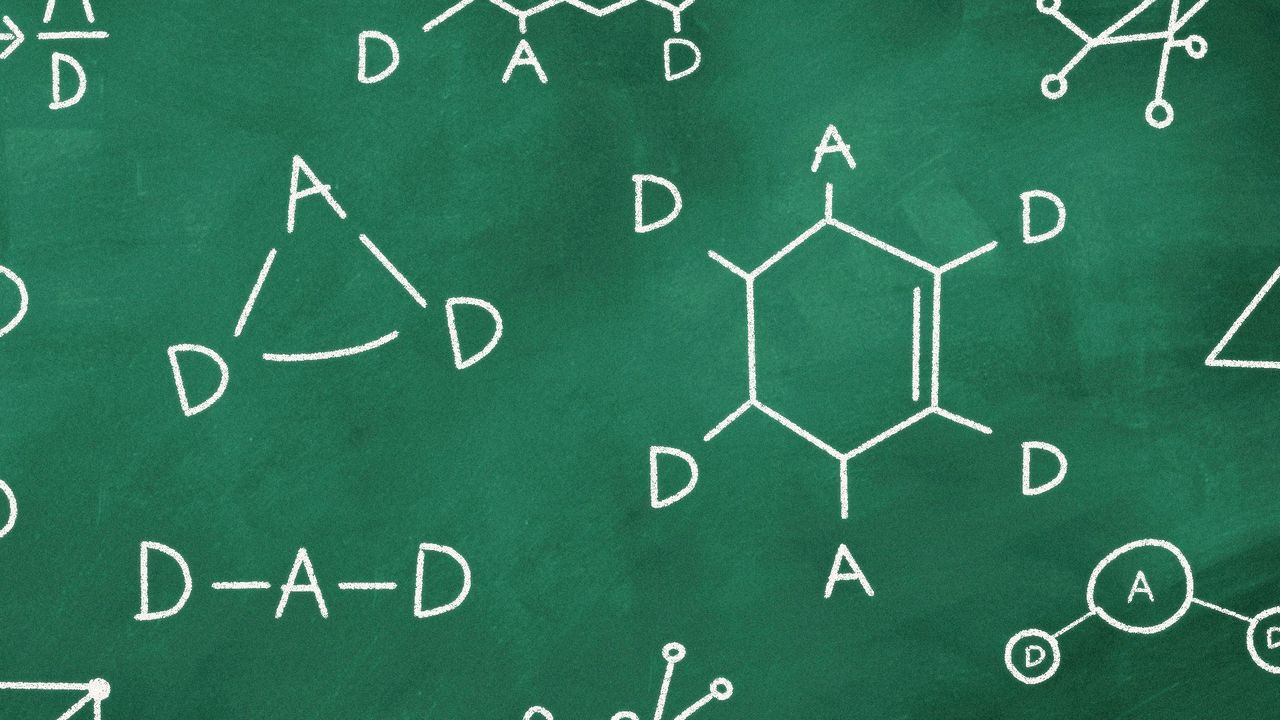
[ad_1]

Dads today are spending more time changing diapers, tying shoes and pushing swings — nurturing acts that a new book argues have long been part of men’s biological nature.
Why it matters: Fathers are relatively new scientific subjects, and new findings are expanding our understanding of parenting, primatologist Sarah Blaffer Hrdy writes in “Father Time: A Natural History of Men and Babies.”
- Hrdy spent decades studying primate mothers, what it means to be “maternal,” and the role of alloparents, which are male or female group members who care for young who aren’t their offspring, and their part in human evolution.
Seen through the lens of sexual selection, fathers weren’t considered as direct caregivers for babies. Instead, they seemed to be spending their time in a struggle against one another “for possession of the females,” as Charles Darwin described it in the mid-1800s.
- The deep investments that fathers are making now in raising their children presented a new scientific puzzle.
“How on Darwin’s Earth could these men have these nurturing potentials?” Hrdy says.
- The punchline: “It’s always been there, ever since 400 million years ago.”
What they found: “The same molecules and neural circuits that played pivotal roles when mammalian mothers first began birthing helpless babies, and then instinctively tending them, can become operational in males,” Hrdy writes.
- Studies have found gradual drops in testosterone when partnered men become fathers who devote hours each day to caring for babies.
- Others documented increases in levels of oxytocin — the “love hormone” — in new fathers and mothers. (Though when it was released is different in mothers and fathers: Mothers’ levels were tied to affectionate contact, whereas fathers’ seem to correlate with play and other behaviors, Hrdy writes.)
- Expectant fathers have also been found to have higher levels of prolactin, the “supposedly female” hormone responsible for lactation, after a baby’s birth.
- It’s unclear how pronounced these changes that mirror those in mothers are or if they persist as long in fathers as they do in mothers.
The intrigue: Hrdy returns to an especially “exciting” study throughout the book.
- Researchers analyzed the brains of parents using MRI and found circuits in the prefrontal cortex were active in the brains of fathers who helped mothers care for children. (The mothers were still primary caregivers.)
- The prefrontal cortex, a brain region that went through a rapid evolution near the end of the Pleistocene era as modern humans became established on Earth, is where we do our “cost-benefit trade-offs,” Hrdy says.
But what the researchers saw next is “unprecedented in 200 million years of mammalian evolution,” Hrdy says.
- They analyzed the brains of fathers in same-sex couples who were — through surrogacy or adoption — primary caretakers starting at their child’s birth.
- They saw “the very ancient limbic regions of their brain,” including the hypothalamus and the amygdala, being activated, Hrdy says. “When my baby would stir at night and I’d jump up to go get her, that was my amygdala.”
The big question: What are these networks of ancient peptides and hormones doing there? Hrdy says.
- And when were they “stashed away in Mother Nature’s cupboard for possible repurposing later on?”
Zoom out: Hrdy traces these chemical messengers and male investment in the young deep into the natural history of birds, fish and other animals that came long before humans.
- Seahorse males — which give birth — have early versions of prolactin. Elevated levels of the hormone were also found in male California mice and cotton-top tamarins caring for babies.
- About 28% of fish species care for their eggs, but males provide the bulk of care in those that do.
- But direct male care is rare in mammals — it’s been observed in about 5% of the roughly 5,400 species of mammals in the world, Hrdy writes.
Yes, but: Even the males of some rodents that are commonly infanticidal can become caregivers after spending time with offspring, their brains responding similarly to mothers, she writes.
Flashback: Hrdy tries to answer when in the course of human evolution male investment in infants and children emerged. She lands at the end of the Pleistocene era and on hunter-gatherer societies in which people were interdependent for survival and their reputations mattered, she says.
- As men spent more time near infants and children (who themselves try to ingratiate themselves to adults), their predisposition for nurturing was unlocked, she proposes.
- And when males in hunter-gatherer societies shared food with the group — helping their own offspring to survive as well — they garnered a good reputation that made them potentially more attractive mates, Hrdy argues.
Fast forward to the late 20th century, when cultural changes again set the stage for fathers to provide more direct care to children, activating their nurturing nature.
- Hrdy writes that she hopes that as it becomes “increasingly clear” men are “equipped to develop caring priorities,” more people in a position of power — who are still largely men — will pursue policies with an eye toward future generations rather than a focus on retaining power.
What to watch: Hrdy predicts future studies might reveal an ancient alloparenting substrate in the brain across all members of our species that evolved in the Pleistocene era of parenting.
The bottom line: “It’s time to set aside misguided notions about nurturing responses being the exclusive preserve of mothers,” Hrdy writes.
[ad_2]
Source link